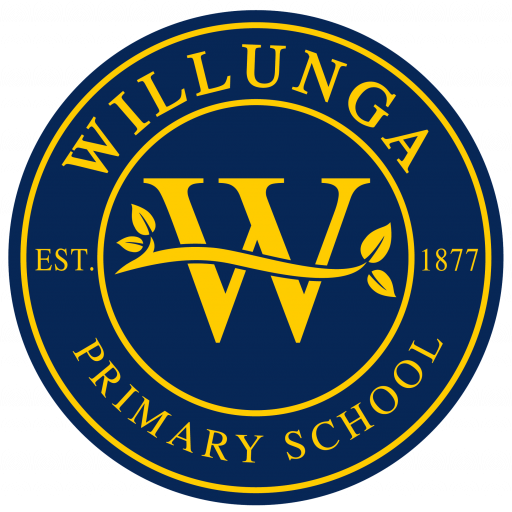Intervention
Whole school data is also collected to enable us to track students across year level cohorts and classes. The tracking of all students enables us to make decisions about our programs, and assists us to target our teaching to meet student requirements. As a staff, we analyse both individual class and whole school data regularly to ensure we are addressing the diverse range of student needs
The data we collect as a whole site is also used to target WAVE 2 and 3 Intervention Programs. These programs have been carefully selected based on educational research ensuring that we are targeting students at the right time, and also targeting the right skills. Willunga Primary School runs four intervention programs
Our Programs
Willunga Primary School runs four intervention programs:
EARLY INTERVENTION - Phonics Fun
At Willunga Primary we commit to targeting students who are in the bottom 25% of their year level cohort, using sounds to read and write. All students R-2 are screened using a phonological spelling test. This does not necessarily mean that they are experiencing difficulty reading at this early age as students use a range of strategies to read. An ability to use phonics fluently to both decode and write are areas that often contribute to reading difficulties and reading fluency later in schooling. Students in this program attend four sessions a week in a small group, participating in targeted phonics instruction, learning to blend and segment sounds. Students may spend a Term, two Terms, or even a year in the program. Progress is tracked and participation in the program is decided upon in consultation with the classroom teacher. At this early stage in schooling, confidence plays an important role in these decisions
MULTILIT- Reading Tutor Program
MATHS INTERVENTION – QuickSmart
Students participating in this program build on their number skills to develop fluency with all four operations. Students learn strategies to remember their ‘focus facts’ apply these strategies to larger numbers and develop recall within 2 seconds. A problem solving component is introduced as they become more confident with operations. Students attend 3 half hour sessions per week over the course of the year.
MATHS INTERVENTION – TooSmart
INTEROCEPTION INTERVENTION
Interoception is a wellbeing, social-emotional intervention used by the school to support students to be self-aware, to understand their emotions and cope with stress.
Interoception is one of the 8 senses; including sight, smell, touch, hearing, taste, vestibular and proprioception. Interoception is our ability to feel and interpret internal bodily states, and forms part of how we physically feel emotions. Interoceptive awareness is what we need in order to self-regulate and manage strong emotions. If we have good interoceptive awareness, we can read the signals our body sends us to tell us we are getting angry, thirsty, tired, hot and we can do things to help us fix the unpleasant feeling. For example: my body feels tense, I am clenching my teeth and the blood is rushing to my face. I feel angry. I need to take a deep breath and walk away from this situation. Unfortunately, we don’t always respond in an appropriate manner to the signals our body sends us or know how to read them.
Through interoception intervention, our bodies can be trained to be mindfully present in the moment and in this way, our children can learn to self-regulate and manage their strong emotions. When referred by an adult, or self-referred to our Interoception Room, students talk through their difficulty and undertake an exercise that has been proven to encourage awareness of bodily signals. They participate in a short sensory activity, re-engage with their learning task supported by an adult, then move back to the class space reconnected to their body, emotions and ready to learn.
WHAT'S THE BUZZ?
What’s the Buzz is a social skills enrichment program for primary students that explicitly teaches them the skills to belong and work within a group. This is undertaken in small groups with support from an SSO.
[lastupdated]




